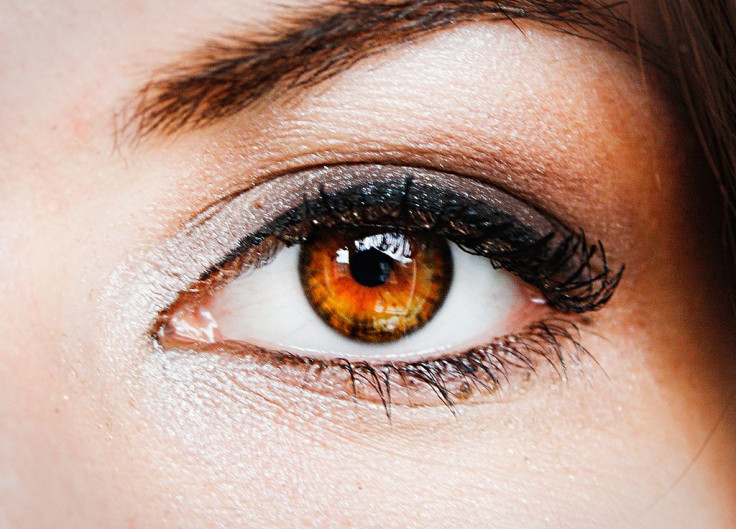Vision And Schizophrenia: Small Blood Vessels In Eyes May Be Early Sign Of Disease Risk, Progression

Our eyes can reveal a lot about our health, especially when something's noticeable just by looking in the mirror. Eye problems, including retinal changes and the widening of small blood vessels, may be early indicators of the risk and progression of schizophrenia, according to a study published in the journal Schizophrenia Research: Cognition.
The association between vision problems and schizophrenia has been well established in scientific literature. Patients have abnormalities in language and eye movements, such as form, motion, and color. For example, a 2011 study published in the journal Schizophrenia Bulletin found motion perception is distorted for many patients. They are unable to tell the difference between the speeds of two objects or process complex motion information compared to those without the disease. This is because people with schizophrenia activate their visual system (motion-processing area MT) less than their counterparts while doing motion-processing tasks.
Although visual processing impairments are common in schizophrenia patients, it’s not clear to what extent they originate in the eye versus the brain. To investigate, a team of researchers at the New York Eye and Ear Infirmary of Mount Sinai and Rutgers University studied retinal changes and their relationship to perceptual and cognitive impairments related to schizophrenia disease risk and progression. Approximately 170 studies were examined in the review and the findings were grouped into multiple categories, including changes in the retina compared with those in other parts of the eyes and changes related to dopamine compared with those related to other neurotransmitters.
The findings revealed multiple structural and functional disturbances of the eye in schizophrenia, which could actually contribute to the onset of the disease. These structural and functional eye problems involved the widening of small blood vessels, the thinning of the retinal nerve fiber, and the abnormal electrical responses by retinal cells exposed to light. Some of these are likely to be illness-related compared to others that could be due to medication or a group of conditions.
Interestingly, the researchers found no reports of people with the disease who were born blind. This implies congenital blindness may completely or partially protect against the development of schizophrenia. Those who are congenitally blind tend to display cognitive abilities in certain areas, such as attention, that tend to be far superior compared to those who have sight. This can happen as early in life before the age of 4, where brain regions normally dedicated to vision processing instead take on other roles than the ones that they most typically have.
However, in children who are not congenitally blind, retinal changes can suggest disease risk. “The retina develops from the same tissue as the brain,” said Dr. Richard B. Rosen, study co-author and director of ophthalmology research, New York Eye and Ear Infirmary of Mount Sinai, and professor of ophthalmology, Icahn School of Medicine at Mount Sinai. “Thus retinal changes may parallel or mirror the integrity of brain structure and function. When present in children, these changes may suggest an increased risk for schizophrenia in later life.”
In a 2011 study published in the journal Biological Psychiatry, researchers developed an almost 100 percent accurate test to detect schizophrenics by looking at their gaze. The test found people with schizophrenia showed well-documented deficits in the ability to track a slow-moving object smoothly with their eyes. Their movements fell behind the moving object and then caught up again through rapid eye movements. Conversely, most individuals followed a typical pattern with their gaze when they took the test.
These studies could help speed up the detection of schizophrenia and how to tackle the disease. However, despite these findings, vision is still understudied in schizophrenia, despite as many as 62 percent of adult patients experiencing some visual distortions. Studies of the retina and other eye structures are still in their infancy.
More studies need to establish the relationship between vision and schizophrenia, and keep in mind how to better predict its emergence and the relapse and treatment of people diagnosed with the condition.
Sources: Silverstein SM and Rosen R. Schizophrenia and the eye. Schizophrenia Research: Cognition. 2015.
Chen Y. Abnormal Visual Motion Processing in Schizophrenia: A Review of Research Progress. Schizophrenia Bulletin. 2011.
Benson PJ, Veedie SA, Shephard E et al. Simple Viewing Tests Can Detect Eye Movement Abnormalities That Distinguish Schizophrenia Cases from Controls with Exceptional Accuracy. Biological Psychiatry. 2012.



























